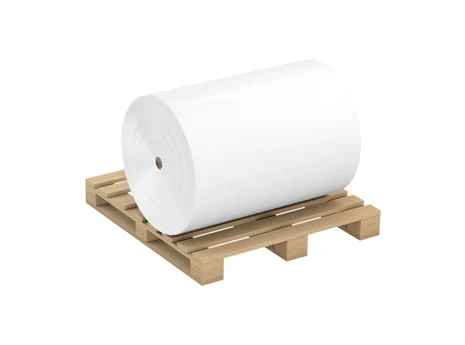
Currently, the main types of removable wine labels used for bottled wine packaging are letterpress printing and PS printing. As we all know, letterpress printing has a thicker ink layer, resulting in richer label colors. However, due to the limitations of the plate-making process, the printing effect is not as delicate as PS printing. Label designs are often based on color blocks, lines, and text, while PS printing focuses more on continuous color printing, mainly emphasizing the images and text. These two design styles each have their own advantages. When used properly, they can highlight the product's characteristics and enhance its level.
Traditional wet labels come in single sheets. During labeling, the labels need to be placed in a box that conveys them, then transported to the designated position by a conveyor belt. A suction mechanical arm picks them up, applies glue, and labels them. This process is relatively complicated and affects labeling efficiency. Removable Wine Labels are usually processed roll-to-roll, and the finished labels are in rolls, making them more suitable for automatic labeling. For labeling, you only need to place the rolled labels on an automatic labeling machine, which will automatically transport them to the designated labeling position to complete the labeling process. Since the backing paper of the adhesive material is not easily damaged, the labeling speed is faster and more stable, greatly improving production efficiency.
Removable Wine Labels, as a type of self adhesive label, can achieve online synchronous hot stamping (cold stamping and hot stamping) during the printing process. Hot stamping has high brightness and strong metallic texture, while cold stamping has a fast speed and works well for delicate images and text. The embossing process uses gypsum plates, resin plates, or metal plates to press specific patterns onto the label's surface, making the pattern indented or raised. The most common application for removable wine labels is the manufacturer's LOGO or emblem, making it more three-dimensional and prominent, enhancing the product's tier and shelf appeal.
Embossing technology refers to the process of using an embossing roller with a specific pattern to press specific patterns or textures onto the label material's surface before/after printing. This process is used in many self-adhesive wine labels. The embossed labels appear more elegant, simple, and unique. Additionally, embossing roller patterns can be custom-made. Different manufacturers can use different textured embossing rollers to emboss the labels. This can personalize labels and, to a certain extent, prevent counterfeiting by adding specific secret marks during the embossing roller's manufacturing process.
Compared to wet glue labels, self-adhesive wine label materials offer a wider range of options, enabling a more elegant realization and display of the label's beauty and functionality. For example, wine label facestock materials with textures and a natural feel can meet consumers' environmental needs, while those with shiny metallic effects can cater to fashion demands. In short,removable wine label materials can better match the unique brand appeals of winery customers.
Currently, the wine market is trending towards personalized winemaking experiences, where customers go to manufacturers to customize their wine. This kind of wine production is not large-scale, with less demand for labels and higher individualization requirements. These self-adhesive wine labels can be digitally printed, achieving variable information printing. With the popularization of laser die-cutting, digital die-cutting, digital hot stamping, and digital UV technology equipment, the post-processing issues of small-batch labels have also been resolved.




 English
English  中文
中文  한국어
한국어  français
français  Deutsch
Deutsch  Español
Español  italiano
italiano  русский
русский  português
português  العربية
العربية  Polska
Polska  Indonesia
Indonesia 

